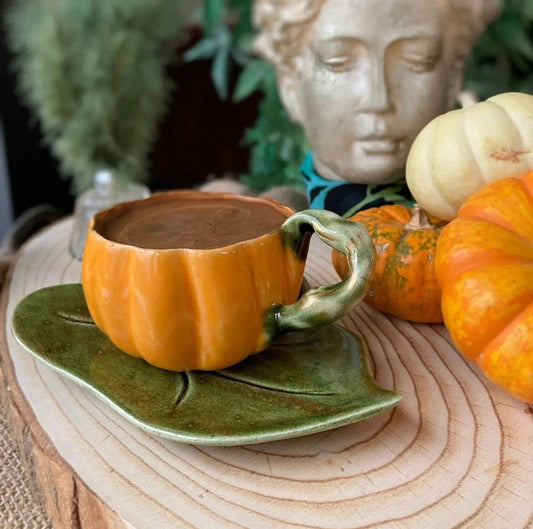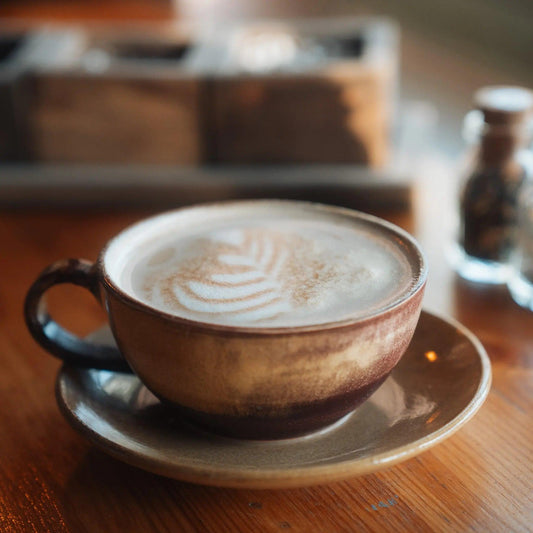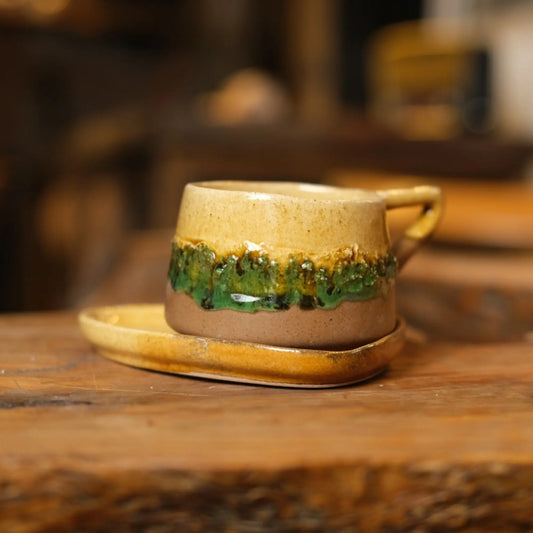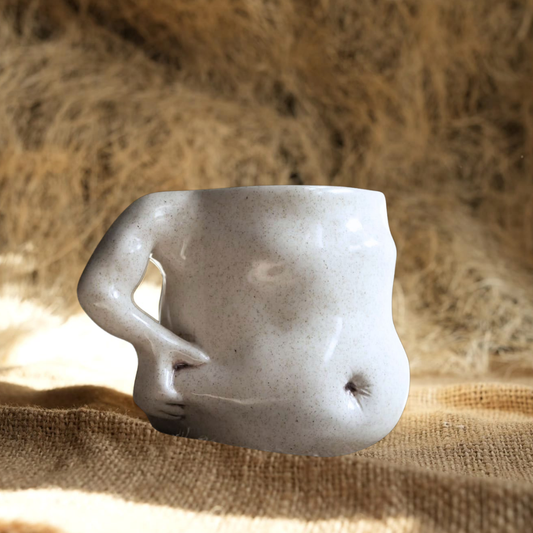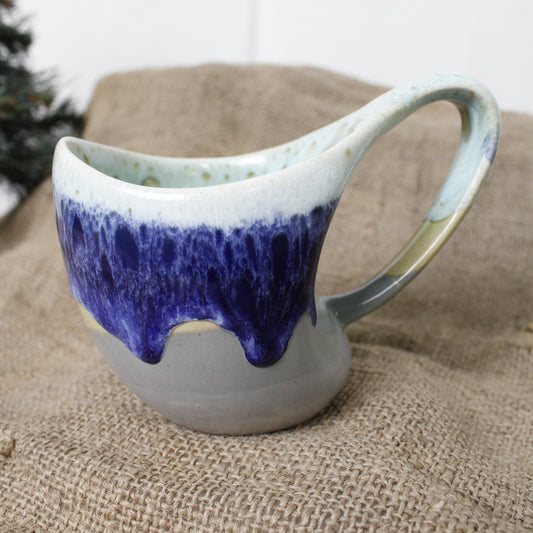Things to Consider When Glazing Ceramics

Ceramic glazes are one of the most exciting and challenging stages of creating a work of art or a functional piece. Glazing transforms your work into a canvas, giving it shine, color and durability. However, carelessness at this stage can ruin your beautiful work. Here are the basic points to consider when applying ceramic glazes:
1. Clay and Glaze Compatibility
Each type of clay is fired at a specific temperature, and each glaze produces the best results at that temperature. If your glaze is not compatible with the clay you are using, you may experience problems such as cracking, peeling of the glaze or unwanted color changes during firing. Therefore, make sure that your clay and glaze are matured at the same temperature range.
2. Application Thickness of Glaze
The thickness of the glaze has a big impact on the final result. A thin layer of glaze may not be glossy enough or may not provide a smooth finish. On the other hand, a layer that is too thick may cause cracking or leaking. For best results, apply several coats of glaze to ensure the correct thickness, allowing it to dry in between. It is also important to check the viscosity of the glaze you are applying. A very thick glaze may need to be thinned.
3. Homogeneity of the Glaze
Mixing your glaze thoroughly before applying it will ensure that the particles are evenly distributed and will help you achieve a homogeneous coating. Make sure that the glaze is homogeneous during application. If you are applying your glaze by dipping, you can gently tap the surface on a flat surface after removing the piece from the glaze to ensure that the glaze is evenly distributed on the surface.
4. Cleaning and Preparation
Before applying glaze, the surface of your ceramic piece must be completely clean and free of dust. Dust, dirt or oil residue can prevent the glaze from adhering properly and can cause defects after firing. Also, to prevent the glaze from getting on unwanted areas, applying liquid wax to the underside is a good way to prevent the glaze from sticking to the kiln shelf.
5. Glaze Firing Process
The firing process is the stage where the glaze will take its final form. Temperature control is very important in this process. Slowly increasing the temperature and ensuring an even temperature distribution in the kiln will ensure that the glaze melts evenly. If you heat your kiln too quickly, bubbles or cracks may form on the glaze. Similarly, the cooling process should be slow and controlled.
6. Trials and Tests
Each glaze will produce different results on different clays. To get the best results it is important to do small experiments, testing different glaze combinations and recording the results after firing. This way you can determine which glazes best suit your style and work.
7. Security Precautions
Most glazes can contain toxic substances. Glazes that contain lead and other heavy metals in particular can be dangerous if not used properly. Always wear gloves when mixing and applying glazes , and work in a well-ventilated area. Also, swallowing or inhaling glazes can cause serious health problems, so be sure to take safety precautions.
8. Aesthetics and Creativity
Glaze application largely determines the aesthetics of your ceramic work. Don’t be afraid to experiment with different colors and textures. Observing how glazes interact with each other and translating these observations into an artistic expression is the most creative aspect of glaze application. You can layer glazes to add a personal touch to your work, try different application techniques, and be excited to see the results.
Conclusion: Patience and Attention
Applying ceramic glazes is a process that requires patience and attention. However, the piece you will obtain at the end of this process will be worth all your efforts. By applying each stage carefully and meticulously, you can achieve successful results in both technical and aesthetic terms in ceramic art. Do not be afraid to get lost in the magical world of glazes; each new experiment will make you a more competent and creative artist!




